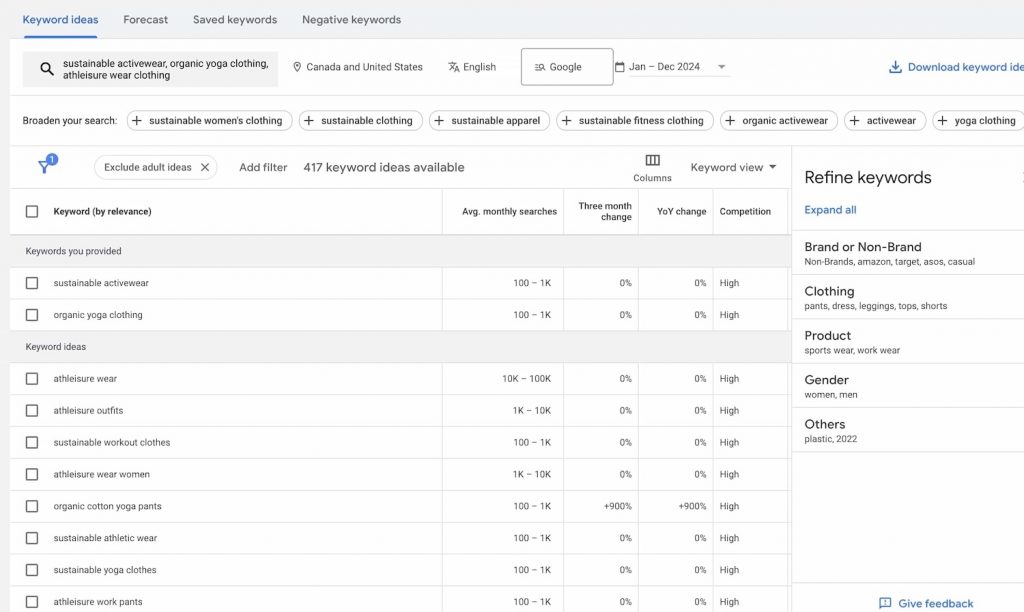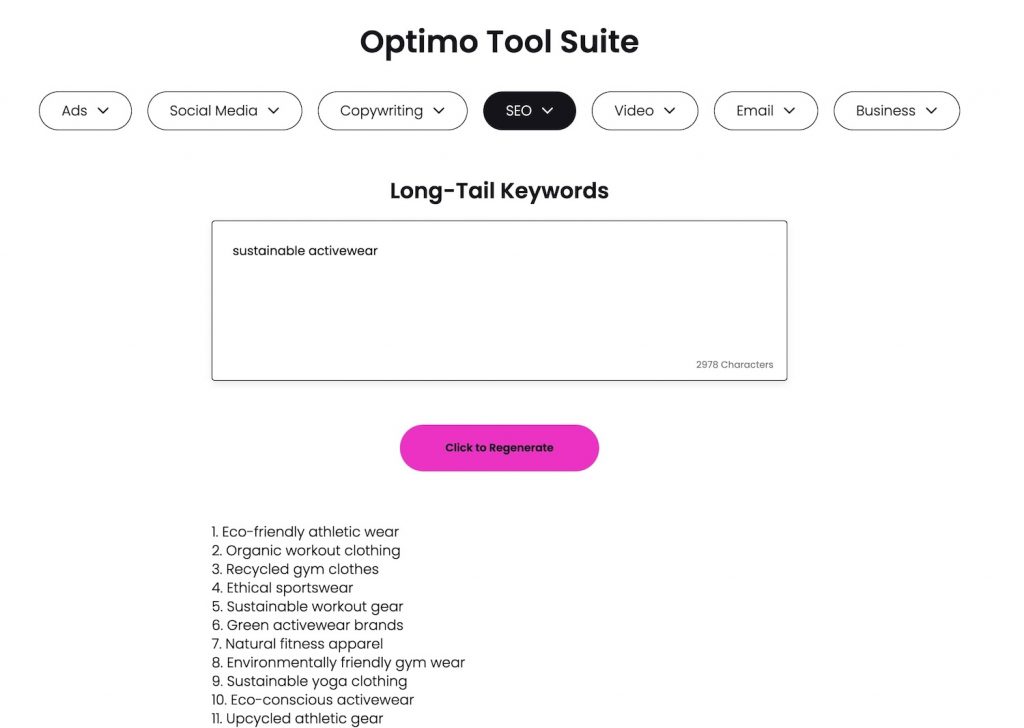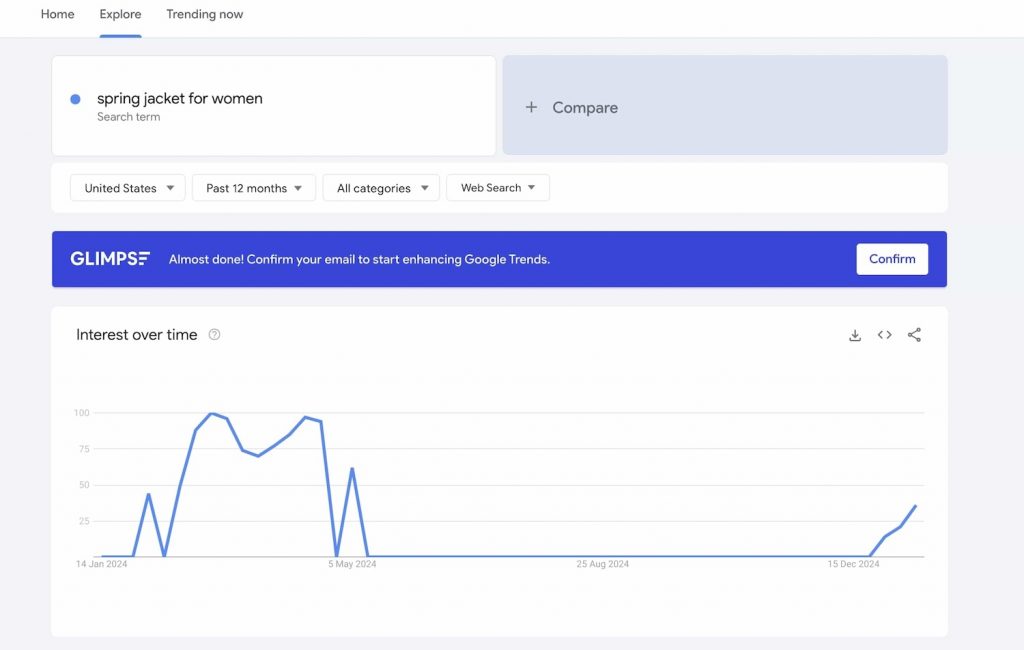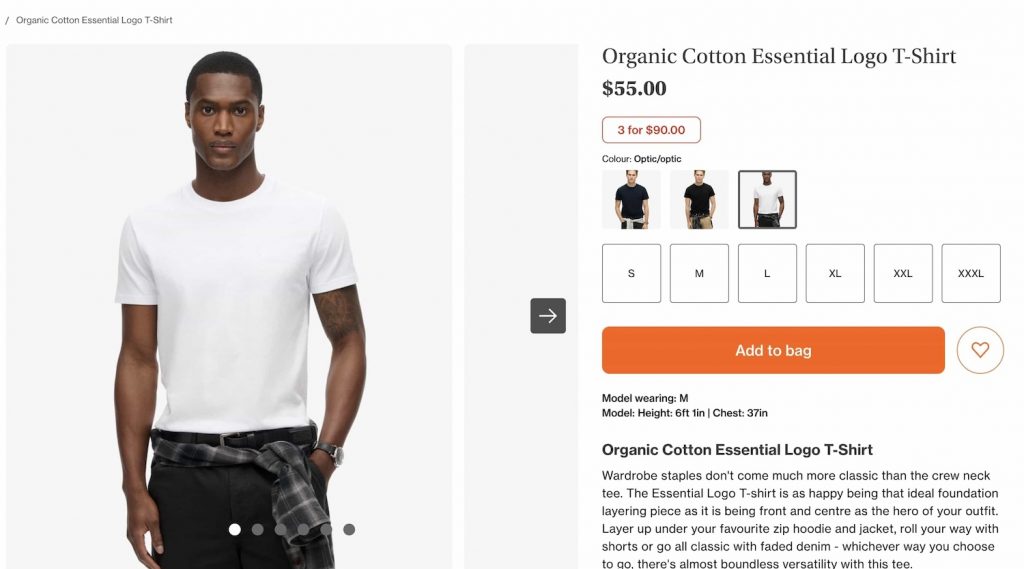It’s a tough market. Maybe the toughest. Trust me, I know… I’ve worked in the clothing industry doing marketing for years.
Some people think you need to go viral on social media or get a Kardashian to shout out your business to be successful. But the truth is, SEO can be a secret weapon for clothing brands. You might be thinking, “SEO, really?” I mean, as TikTok shuts down, search engine optimization is more relevant than ever.
You might have a lot of question right off the top. Like, can I do it myself? How much does SEO cost? Should I hire an SEO agency? Can I just let AI do it? WTF??
So, I’m not going to waste too much time so let’s dive right in to the strategies I used to master SEO keyword research for clothing brands.
Find the Right Tools So You Don’t Drown in Random Keywords
The very first thing you have to do is keyword research. You need a keyword research tool. Google Keyword Planner is the GOAT, honestly. I’ve used since I was a baby SEO analyst and still use it to this day.
You would simply input seed words-“women’s dresses” or “men’s hoodies”-voilà: a giant list of possibilities. But if you really want to geek out on detail-and believe me, you do-you need something like Ahrefs or SEMrush.
They’re the ones showing real competitor insights, keyword difficulty, and more importantly, juicy details about adjusting your SEO roadmap.
High-Intent Keywords (a.k.a. Where the Money’s At)
All keywords aren’t created equal. Some people are just window shopping, and they’re going to type in “summer dresses” into Google without the slightest intention of actually buying anything.
Others, though, are on a mission, and have more intent to their search. They’ll search “buy red summer dress size 6 in cotton,” and you can almost hear their credit card quivering in anticipation.
These are your high-intent keywords, and they’re pure gold for your product pages. Don’t forget to add those descriptive, purchase-focused terms: color, size, material, and occasion to capture that ready-to-buy audience.
Long-Tail SEO Keyword Research for Clothing Brands
If your apparel brand fits an incredibly specific niche, think ’80s rock band tees or sustainable yoga pants-neither of these products will draw traffic from super general keywords.
Introducing the long-tail keyword. Instead of “sustainable yoga pants,” try “sustainable yoga clothing made in Canada.” Sure, the search volume will be smaller, but these users know what they want and are more likely to convert.
There are tons of great free long-tail keyword tools you can easily find with a quick Google search.
Besides, you won’t be fighting every sustainable yoga wear retailer on the planet. You’ll be in your own little subcategory, happily scooping up the niche customers who can’t find what they want on mainstream sites.
Long-tail keywords are becoming even more important as AI’s like SearchGPT begin having a major impact on search engine marketing.
Tracking Seasonal Trends (Because Fashion Is Never Static)
The fashion calendar is unforgiving-from winter coats to summer swimsuits, wardrobes change in a heartbeat. If your brand sells seasonal items, keep an eye on Google Trends like a hawk.
Traffic for “warm flannel pajamas” might spike in late fall and crater by spring. Here’s a simple example using the search term “spring jacket for women.”
You can see it spike in February then fizzle out near the end of April. That would make sense. People are preparing for spring so they search “spring jackets.”
By weaving those seasonal keywords into your product descriptions, blog posts, or social campaigns at the right time, you’ll capture shoppers who are actively looking for that particular item. Miss the window, and you’re stuck with a bunch of cozy sweaters in June—nobody wants that.
Mapping Keywords to the Buyer Journey (So They Keep Coming Back)
Some people are simply browsing “best affordable workout leggings,” while others want “cozy, high-waisted yoga pants for postpartum support.”
Different searches, different needs. Visualize your keywords as the paths that guide buyers from “just looking” to “I need this now.” For top-of-funnel content, utilize broader terms to attract curiosity.
For mid-funnel, go into more specifics-material, brand comparisons, reviews. By the time they are ready to buy, you want your high-intent keywords front and center, guiding them right through to checkout.
Optimize Product Pages for Search Engines (and for Humans, Too)
SEO for Ecommerce is SUPER important! Too often, brands go overboard and stuff keywords in every sentence, or barely write anything at all. You need a happy medium.
Write Descriptions That Sell
Instead of listing features like “100% organic cotton,” show me why I should care: “Crafted from breathable, 100% organic cotton to keep you cool in the heat of summer festivals.” Think benefits, not bullet points.
If you have a unique design or a sustainability angle, say so. And yes, sprinkle in those keywords, but do it naturally-nobody wants to read “blue jeans blue jeans buy blue jeans now” five times in a single paragraph.
Make It Mobile-Friendly
If your site doesn’t load nicely on a phone, you’ve already lost half your audience. Google also dings you if your mobile experience is shoddy. Fast load times, easy navigation, images that don’t break the layout-that’s your trifecta for mobile success.
Not to be Forgotten: Local Search (Even If You’re Mainly Online)
Got a physical store or pop-up events? Don’t sleep on local search optimization. Claim your Google Business Profile, list your address, hours, and—here’s a hack—include a few location-based keywords on your site (like “boutique fashion store in Dallas”). That way, if someone is browsing for “affordable streetwear in Dallas,” you’ll have a shot at ranking. Even if local sales aren’t your main thing, being findable IRL can drive incremental traffic and brand awareness.
Weave in Influencer Marketing-it’s not just about social.
You might be thinking, “Influencer marketing? That’s not SEO.” Ah, but it can be-indirectly. When influencers go off about your brand, they often drop links to your site in their blog posts or YouTube descriptions.
Those aren’t just good backlinks, but it build brand authority. That actually helps you brand name and your website.
If the influencer’s platform is high-authority, that link can boost your domain’s credibility. Sure, not every influencer does long-form blog posts, but the ones who do can rocket your SEO forward.
Analyze, Iterate, and keep improving.
Keyword research is not a set-and-forget exercise. Markets change, your brand shifts, and new trends pop up out of nowhere-basically, overnight, if you consider the speed at which “cottagecore” went mainstream.
Keep track of your rankings, see which of those keywords bear fruit, and adjust accordingly. You might learn that “tie-dye hoodie” was a slam dunk, while “handmade crocheted vest” bombed. Take the information from the data, change course, and further invest in what works.




